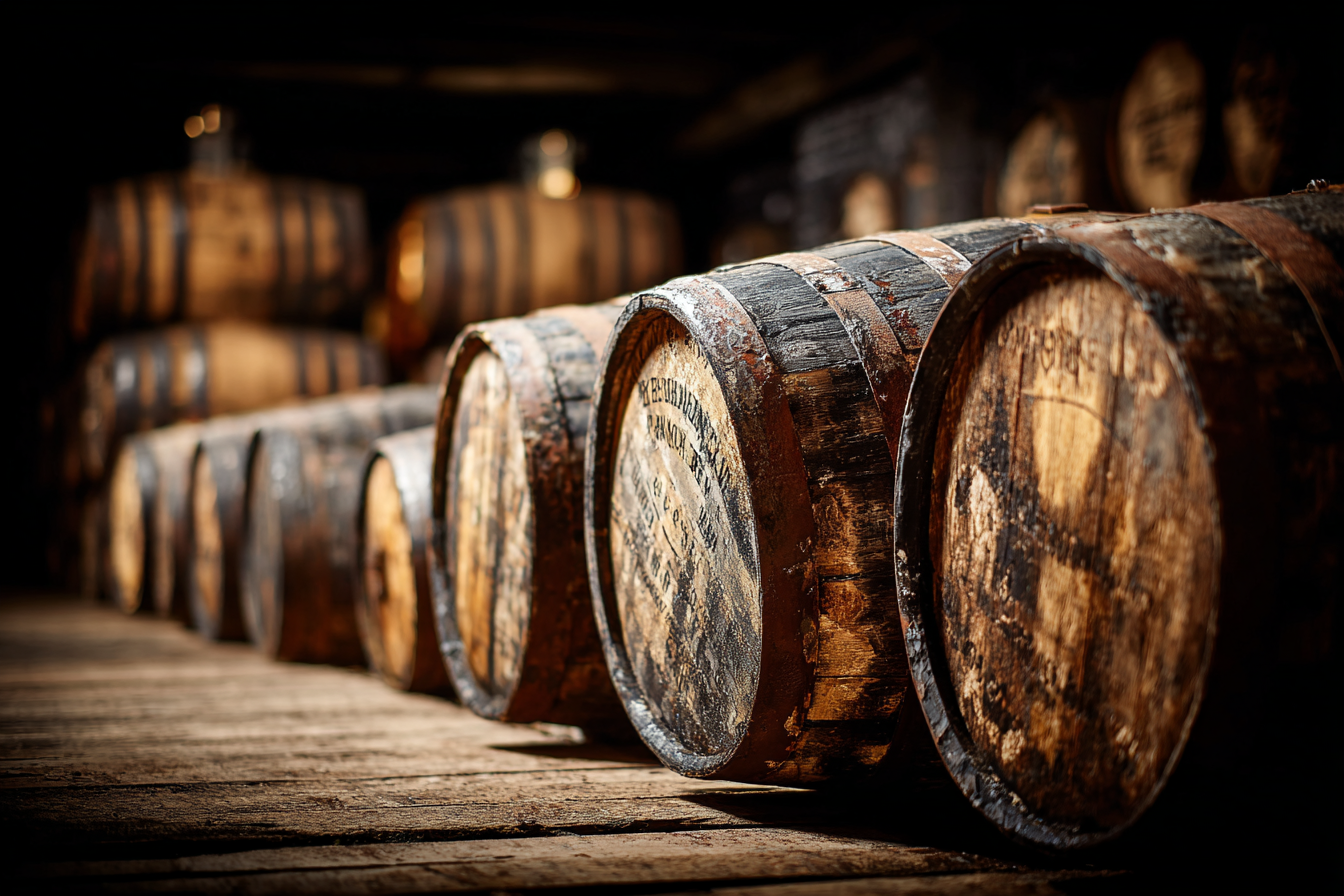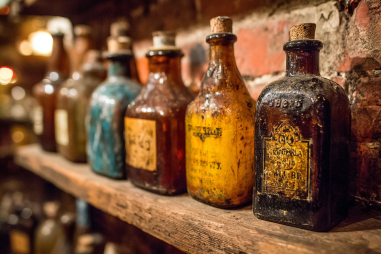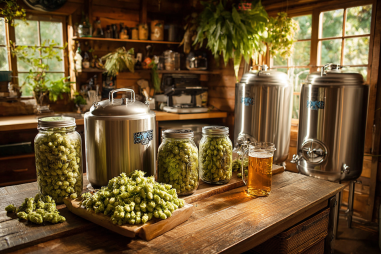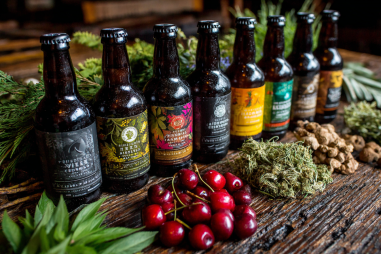A wood-aged stout is a remarkable journey into the world of complex flavors and rich aromas. The aging process adds layers of depth to the stout, infusing it with woody, vanilla, and sometimes even smoky notes that transform a simple brew into a sophisticated sipping experience. But what truly makes the difference lies in the techniques brewers employ during the aging process. By mastering these techniques, you can elevate your wood-aged stout and unlock an unparalleled balance of character and taste.
Introduction to Aging Wood-Aged Stouts
Aging beer in wood barrels has been a time-honored tradition in brewing, dating back centuries. Wood-aging imparts unique characteristics to the stout by allowing it to interact with the wood, oxygen, and previously held spirits or wines. Wood-aged stouts are especially popular due to the stout’s rich malt profile, which complements and absorbs the nuances introduced during aging. The slow maturation process allows chemical reactions to develop new flavors, mellow harsh elements, and enhance the mouthfeel.
Whether you’re a homebrewer or a professional, understanding the intricacies of wood-aging techniques is the key to producing a stout that stands out. Let’s explore how different methods and variables impact the final product.
Traditional vs Modern Aging Methods
Traditional wood-aging involves aging stouts in freshly emptied or well-seasoned barrels that were previously used for aging whiskey, bourbon, wine, or other spirits. These barrels contribute unique flavors from the wood tannins and residual alcohol left behind. Historically, brewers relied on the natural properties of these barrels and ambient cellar conditions without extensive intervention.
Modern aging methods embrace innovation and control. For example, some brewers use smaller barrels or wooden aging tanks that speed up the interaction between beer and wood due to a higher surface area-to-volume ratio. Others incorporate wood chips, spirals, or staves directly into the beer to mimic barrel aging effects with greater consistency and less time. Temperature and humidity control technology also allows for more precise manipulation of the aging environment, producing reproducible complexity.
While traditional techniques offer authenticity and nuanced development, modern methods provide scalability and experimentation opportunities. Many brewers combine both approaches, aging beer traditionally with the added flexibility to tweak variables for optimal outcomes.
Types of Wood Used in Aging and Their Effects
The choice of wood is a fundamental aspect of wood-aged stout aging. The species of wood influences flavor, aroma, and tannin structure:
- Oak: The most common wood used for aging stouts, oak (both American and French) imparts flavors like vanilla, caramel, toasted coconut, and subtle spice. American oak tends to deliver more intense vanilla and coconut notes, while French oak gives a softer, more tannic influence with hints of dark fruit.
- Chestnut: Occasionally used in European styles, chestnut contributes a slightly tannic and nutty flavor profile which pairs nicely with malt-forward stouts.
- Maple: Less common, maple wood can introduce sweet and syrupy notes, enhancing the stout’s inherent sweetness.
- Cherry and other fruitwoods: These woods add a delicate fruitiness and gentle tannins, useful for unique limited-edition brews.
In addition to the species, the degree of toasting or charring inside the barrel dramatically impacts flavor. Heavy char imparts smoky and roasted characteristics, while light to medium toast tends to develop sweet, vanilla, and caramel undertones.
Duration and Environmental Factors Influencing Aging
The length of time a stout spends maturing in wood greatly affects its flavor development. Shorter periods tend to highlight fresh wood aromas and mild barrel influence, while extended aging mellows the beer, allows harsher alcohol notes to integrate, and creates complex layers of flavor.
Typically, wood-aging durations for stouts range from several months to over a year. It’s important, however, to regularly sample the beer during aging to determine the prime moment of maturity before unwanted oxidation or overly woody characteristics dominate.
Environmental conditions like temperature and humidity also play pivotal roles. Higher temperatures increase the interaction rate between beer and wood but can accelerate oxidation if not carefully managed. Ideal cellar temperatures usually range between 55°F and 65°F (13°C – 18°C). Maintaining stable humidity helps prevent barrel drying and excessive leakage, preserving an optimal aging environment.
Barrel Maintenance and Preparation
Proper preparation and maintenance of barrels are essential to successful wood-aging. Before filling a barrel with stout, brewers typically perform several critical steps:
- Cleaning: Removing residual debris, unwanted microorganisms, and previous contents’ strong flavors that may spoil the beer.
- Sanitizing: Using hot water or steam to sanitize barrels without damaging the wood structure.
- Conditioning: Soaking barrels with water or even a small quantity of beer to swell the wood staves and seal leaks.
During the aging process, barrels require monitoring for leakage, microbial contamination, and flavor consistency. Some brewers rotate barrels or transfer beer between barrels to blend characteristics. Once barrels become exhausted of desirable flavors, they may be repurposed or shredded for other uses such as wood chips for aging batches.
Innovations in Aging Techniques
While traditional barrel aging remains popular, brewers continuously innovate to improve efficiency and creativity in flavor development. Innovations include:
- Micro-barrels: Using barrels as small as 5-20 liters speeds maturation and allows experimentation with limited quantities.
- Wood adjuncts: Incorporating barrels alternatives like chips, staves, spirals, or cubes, sometimes toasted or charred, gives brewers flexibility in flavor intensity and aging time.
- Hybrid techniques: Combining barrel aging with secondary conditioning methods, such as blending with barrel-aged spirits or infusing with additional flavor agents like coffee or spices.
- Controlled oxygen exposure: Using micro-oxygenation devices to simulate oxidation effects of barrel aging in stainless steel tanks.
These advances empower brewers to craft distinctive wood-aged stouts while maintaining quality control and reducing costs.
Perfecting the Art of Wood-Aged Stout Aging
Mastering wood-aged stout aging techniques requires a balance of art and science. Paying close attention to the choice of wood, barrel preparation, environmental conditions, and aging duration all shape the final product. Embracing both traditional and modern methods can lead to new layers of flavor complexity that delight the palate.
Trial, patience, and attentive tasting are essential for identifying the ideal aging parameters for your stout. Whether you prefer the bold influence of American oak barrels or the subtleness of French oak staves, the possibilities are vast and exciting. By refining your approach, you can unlock the full potential of wood-aged stouts, creating exceptional brews that will stand out on any shelf or taproom.
Ultimately, the journey of wood-aging is one of exploration—each barrel and batch offers a unique story told through flavor, warmth, and time. Embrace the process, stay curious, and watch as your wood-aged stout evolves into something truly exceptional.







